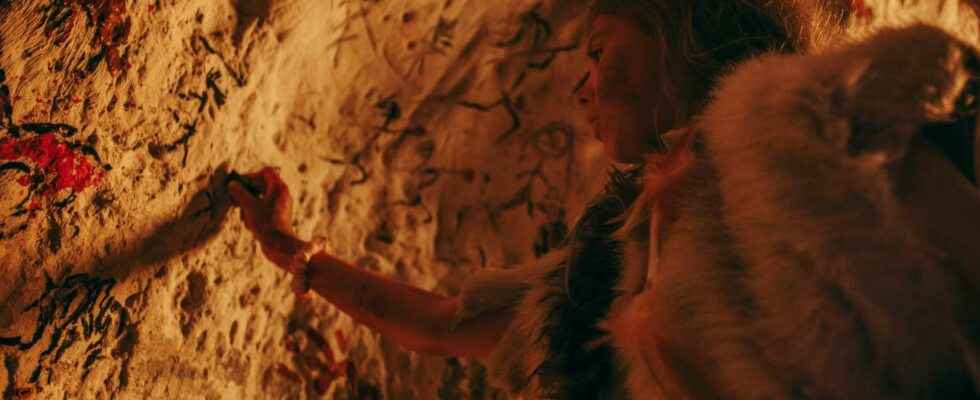You will also be interested
[EN VIDÉO] Experts from the past: the Margot cave and its mysterious engravings The caves remained for many generations the main dwellings of the first men. In Mayenne, archaeologists from Inrap (National Institute for Preventive Archaeological Research) discovered numerous engravings in a cavity. This episode of Experts of the Past tells us more about the works of the Margot cave.
With more than 1,000 paintings and engravings made tens of thousands of years ago, the Ardales caveWhere Cueva de Ardales, retains many traces of the passage of men from prehistoric times. Since its discovery in 1821 thanks to a earthquake which released an access to this cave, it intrigues by the multitude of objects and drawings which cover its walls and which bear witness to different eras: cave paintings, ochressamples of coal of wood, ornaments of all kinds, but also human remains. Classified as a National Monument in 1931, it was only very recently that archaeologists were able to carry out the very first excavations there between 2011 and 2018, in order to unlock its secrets. Their results have just been published in the journal Plos One.
A high symbolic value
After dividing the cave into several areas, they set out to extract artifacts from each location. But it is in the entrance of the cave that the researchers established their main area of excavations. L’rock art is there in the form of ” abstract representations of variable size and shape and stencils by hand “, they describe. The cave paintings were made with different techniques: the oldest depict dots, fingertips and hand stencils created with red pigment, while more recent artworks depict figurative paintings such as animals .
Following these excavations, they undertook to establish a chronology for the occupation of the cave: thanks to the dating at 14VS, a radioactive isotope of carbon, they managed to trace the origin of many samples taken. Rather than a continuous occupation, these are ephemeral passages which would have partially inhabited this cave for tens of thousands of years: it testifies to a “true tradition of rock art”. Humans would have gone there for the first time more than 65,000 years ago during the Middle Paleolithic, then would have returned there, according to the excavation areas, until only a few thousand years before our era! With, as the researchers explain, long empty periods of occupation.
In addition to the various artistic works and tools, human remains nest in the hollows of Cueva de Ardales, some of which date from the Neolithic period. They testify to funerary rites carried out in the cave and give it a high symbolic value. Thanks to radiocarbon dating of these remains and other objects collected, the researchers were able to confirm a human presence during the Upper Paleolithic, in particular in the Gravettian or to Solutrean… the researchers also believe that an Aurignacian occupation, that is to say about 40,000 years ago at the very beginning of the Upper Palaeolithic, is possible! With doubts of course, because as they quote, “ human presence in southern peninsula Iberian during the Aurignacian is highly contested”. But their research shows that this cave was not only a refuge for art, but also an important place of burial.
The area is dotted with similar caves
They conclude in their study as follows: “The traces of human activity are ephemeral and refer to very specific activities linked to the symbolic use of the cave. and add that the cave was mainly used as a place of rock art from the Paleolithic. […] excavations have also revealed long interruptions to human activity. » These periods of interruptions still remain uncertain, because each clue found cannot be dated with sufficiently high precision. They nevertheless assume an interruption of several thousand years, between about 15,000 years ago and the beginning of the Neolithic. Their results also agree with others obtained in other caves in the region: the Iberian Peninsula, as they explain, is dotted with similar caves, although often less extensive than that of Cueva de Ardales.
Interested in what you just read?
